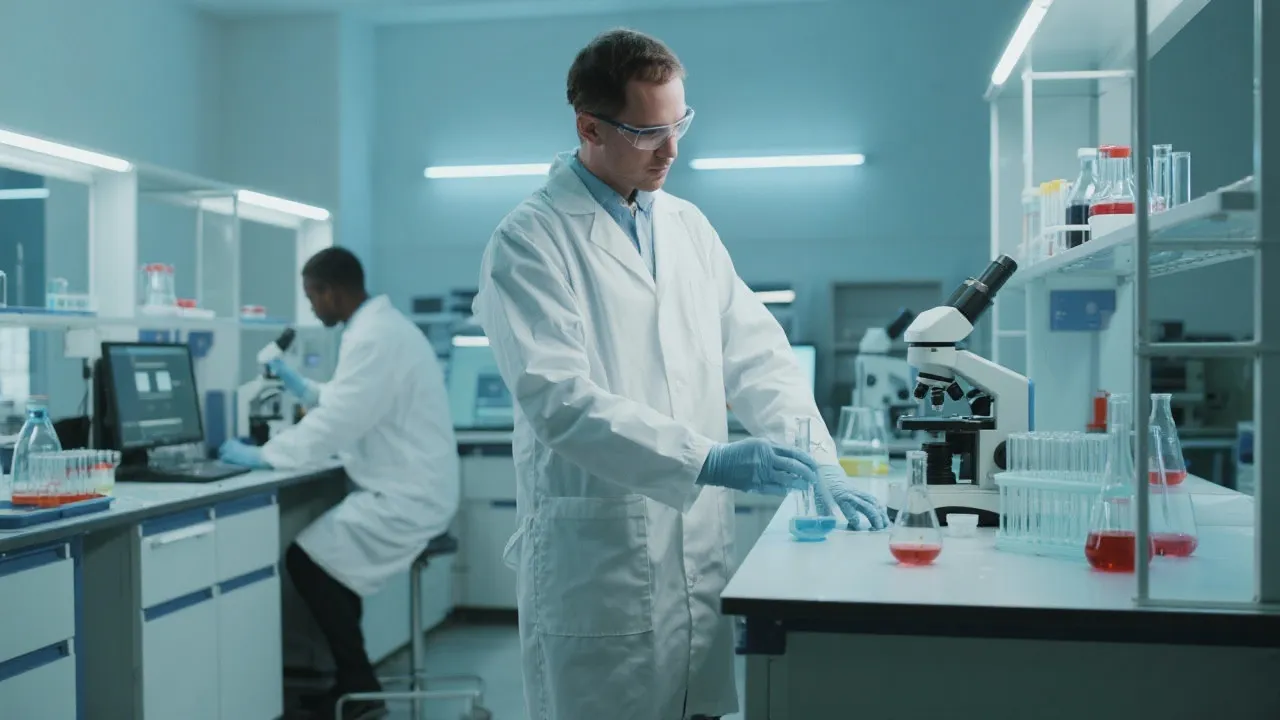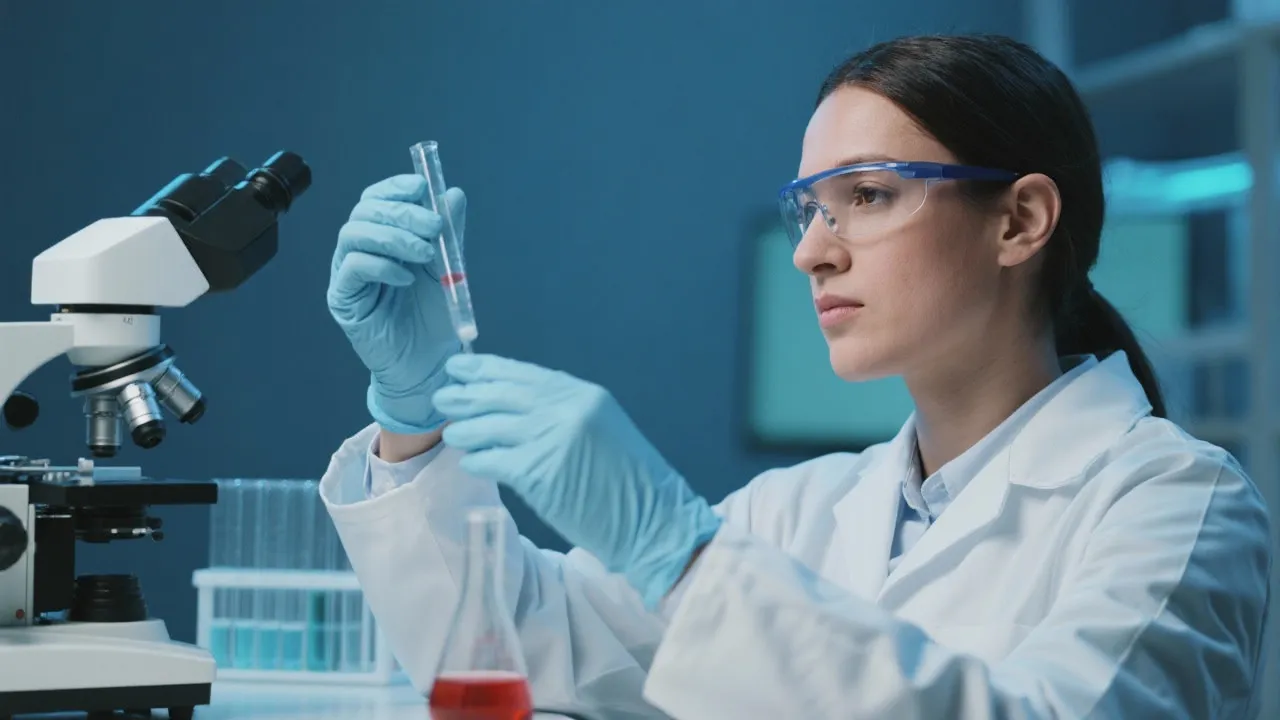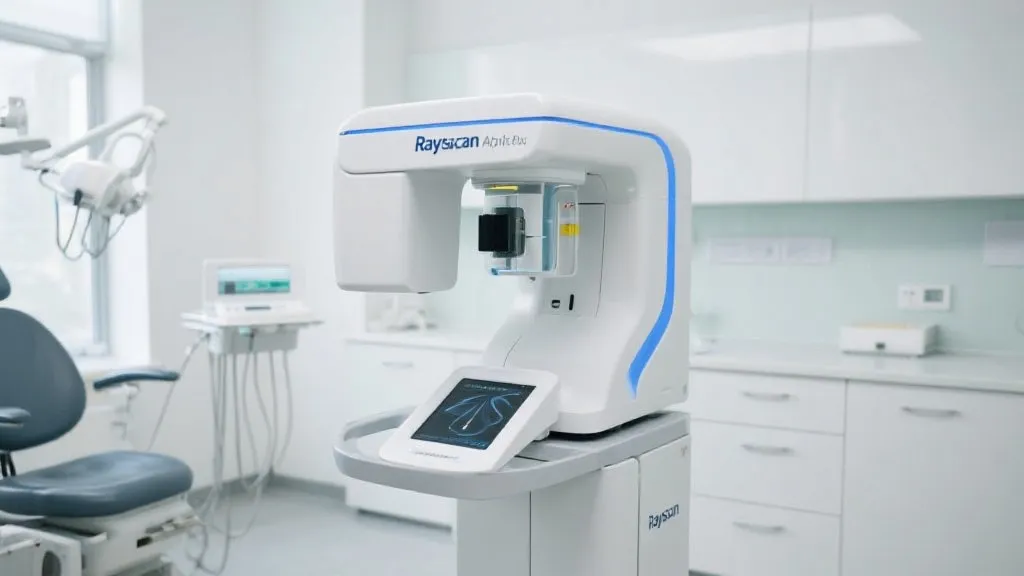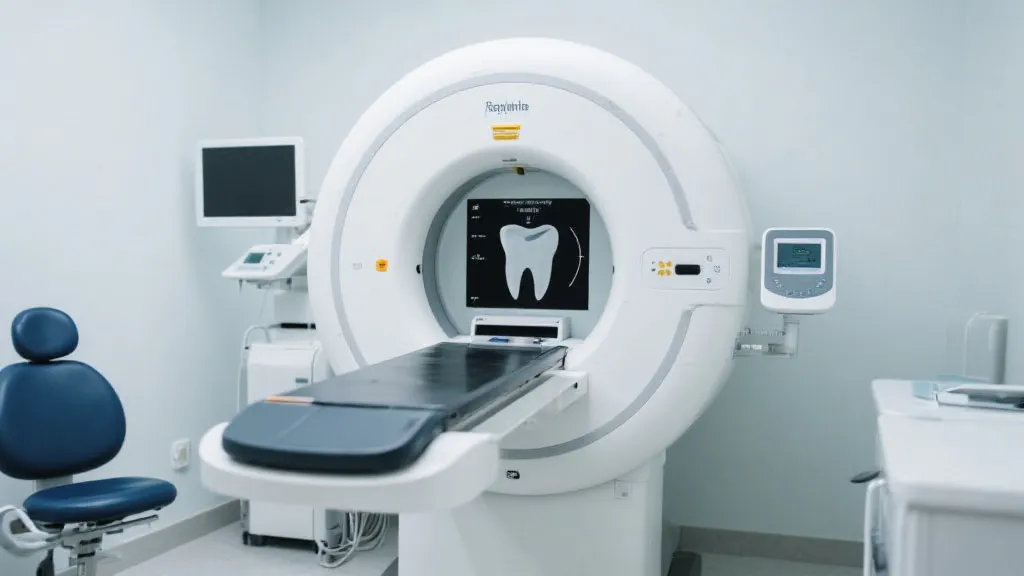Understanding the Cyp1a1 Assay
The Cyp1a1 Assay is a sophisticated method employed in biochemical research to study the activity of the cytochrome P450 1A1 enzyme. This enzyme plays a crucial role in drug metabolism and the metabolic breakdown of various environmental toxins. Researchers use the assay to evaluate potential drug interactions and toxicological impacts, making it an indispensable tool in pharmacological studies and environmental safety assessments.

An Overview of the Cyp1a1 Assay
The Cyp1a1 Assay is a critical analytical procedure utilized to measure the expression and functional activity of cytochrome P450 1A1—a pivotal enzyme in the human metabolic pathway. Being part of the larger cytochrome P450 family, the 1A1 subtype is primarily known for its involvement in the detoxification processes of xenobiotics and the metabolism of drugs and carcinogens. Its ability to bioactivate pro-carcinogens to carcinogenic substrates makes the assay particularly valuable in toxicology and pharmacology spheres. Understanding the role of Cyp1a1 in these contexts not only enhances fundamental science but also has significant implications in clinical settings where drug efficacy and safety are paramount.
Technical Insights into the Assay Process
To carry out a Cyp1a1 Assay, researchers often rely on a combination of in vitro and in vivo approaches. The assay typically begins with the preparation of microsomes or recombinant enzymes that are assessed for their ability to catalyze specific reactions. Substrates known to be selectively metabolized by Cyp1a1, such as ethoxyresorufin, are commonly employed to gauge enzymatic activity. The turnover of these substrates into fluorescent or chromogenic products forms the basis of quantifying the enzyme's activity. Various detection methods can be used, including spectrophotometry and chromatography, allowing for precise measurement of enzymatic activity under various experimental conditions.
In vivo assays may involve the administration of specific substrates to model organisms, followed by analysis of metabolite formation in biological fluids. These in vivo studies provide valuable insights into the physiological relevance of Cyp1a1 activity, particularly in relation to its expression levels in different tissues. A broad understanding of the Cyp1a1 Assay encompasses the nuances of both in vitro and in vivo methodologies, thus highlighting the importance of methodological choice based on the research objectives.
Applications in Drug Development
One of the primary utilities of the Cyp1a1 Assay is in drug development, where it helps ascertain how new pharmaceutical compounds are metabolized by the body. Since Cyp1a1 can influence the pharmacokinetics and dynamics of drugs, understanding its activity is crucial for predicting drug clearance rates and potential interactions with other medications. In this way, the assay aids in the optimization of drug dosing regimens and reduces the risk of adverse drug reactions.
Additionally, the Cyp1a1 Assay serves a critical role in identifying potential drug candidates that may exhibit either induction or inhibition of the enzyme. Such interactions can significantly alter the pharmacokinetic profiles of therapeutic agents, impacting overall patient outcomes. For instance, a drug that induces Cyp1a1 might lead to reduced levels of co-administered medications, while a drug that inhibits the enzyme could increase toxicity through decreased clearance of those same medications. Thus, understanding the implications of Cyp1a1 activity through the assay can inform decisions about drug co-administration and lead to the development of safer, more effective therapeutic regimens.
Environmental and Toxicological Considerations
Beyond pharmacology, the Cyp1a1 Assay plays a significant role in environmental science, especially in the sphere of toxicology. Many pollutants and industrial chemicals that humans are exposed to are processed by Cyp1a1. The assay thus assists in evaluating the toxicological impact of environmental compounds, contributing to risk assessments and regulatory decisions. By understanding how these substances are metabolized, scientists can better predict their potential health hazards at different exposure levels.
Notably, the assay is instrumental in environmental monitoring, where it can be used to assess the harmful effects of contaminants in ecosystems. For example, substances like polycyclic aromatic hydrocarbons (PAHs), commonly found in polluted environments, are substrates for Cyp1a1. The assay can help elucidate the metabolic pathways involved in detoxifying these harmful substances, providing crucial data for environmental health studies. Furthermore, by screening various environmental samples, researchers can correlate the presence of certain pollutants with Cyp1a1 expression levels, adding a biochemical dimension to ecological risk assessments.
Challenges and Advancements
While the Cyp1a1 Assay is a cornerstone of research, it is not without challenges. The inherent variability in enzyme expression across populations and the influence of genetic factors such as single nucleotide polymorphisms (SNPs) necessitate careful assay design and interpretation of results. This genetic variability can lead to significant differences in susceptibility to drug interactions and environmental toxins among individuals, thus complicating the generalizability of study findings.
Additionally, advancements in biotechnology, such as the development of high-throughput screening methods and the use of CRISPR/Cas9 edited cell lines, are continually refining the assay's sensitivity and accuracy. The incorporation of these technologies allows researchers to isolate specific factors that influence Cyp1a1 activity, whether they be genetic, environmental, or related to drug interactions. Moreover, integrating systems biology approaches alongside traditional assays can provide a holistic view of Cyp1a1 function, bridging gaps in knowledge about its role in health and disease.
Table: Comparison of Cyp1a1 Assay Techniques
| Technique | Advantages | Limitations |
|---|---|---|
| Traditional Fluorescent Assays | High throughput; cost-effective | Less specific for Cyp1a1 |
| Mass Spectrometry | High specificity and accuracy | Expensive; requires advanced equipment |
| Recombinant Enzyme Systems | Controlled experimentation; high specificity | Resource-intensive setup |
| Cell-Based Assays | Reflects biological context; adaptable | Complexity in interpretation; potential variability |
| In Vivo Models | Holistic understanding; physiological relevance | Ethical considerations; variability between organisms |
FAQs
Q: What is the primary purpose of the Cyp1a1 Assay?
A: The primary purpose is to measure the activity of the Cyp1a1 enzyme in drug metabolism and environmental toxin processing, aiding in the understanding of both pharmacological interactions and toxicological impacts.
Q: Why is Cyp1a1 important in pharmacology?
A: Because it affects the metabolism and clearance of drugs, helping predict interactions and optimize therapeutic plans. Its role in transforming pro-carcinogens into active carcinogens also underscores its significance in drug safety assessments.
Q: How does the assay impact environmental risk assessments?
A: By analyzing how environmental chemicals are metabolized, it aids in understanding potential health impacts and guides regulatory policies, offering a mechanism to quantify the risks associated with exposure to various pollutants.
Q: What are the implications of genetic variability on the Cyp1a1 Assay?
A: Genetic variability, particularly due to SNPs, can lead to differences in enzyme expression and function among individuals, affecting drug metabolism and the body’s response to environmental toxins, thus necessitating tailored approaches to pharmacotherapy and risk assessment.
Q: How is the Cyp1a1 Assay evolving with new technologies?
A: Advancements such as high-throughput screening and CRISPR technologies are enabling researchers to conduct more precise evaluations of Cyp1a1 activity, discover new substrates, and understand the complex regulatory networks involved in its expression and function.
The Cyp1a1 Assay remains an indispensable tool in scientific research, bridging pharmacology and environmental science efforts to ensure safer drug development and a healthier planet. Its continuous development and application in various fields reflect the dynamic nature of research and its preparation for future challenges in health and environmental safety.
As the landscape of biomedical research continues to evolve, the importance of assays like the Cyp1a1 grows, particularly as we face emerging global health and environmental issues. The collaboration among toxicologists, pharmacologists, and environmental scientists is essential in leveraging the Cyp1a1 Assay to its fullest potential. Such interdisciplinary efforts will undoubtedly lead to significant breakthroughs in our understanding of metabolism and its implications, paving the way for integrated approaches that enhance both human health and ecosystem stability.
Furthermore, as regulatory frameworks increasingly demand thorough assessments of potential risks posed by new compounds—whether pharmaceuticals or environmental pollutants—enhancements to Cyp1a1 assays will prove crucial. By providing deeper insights into the mechanisms of action of drugs and the biological pathways disrupted by toxic substances, researchers can develop mitigation strategies that align with public health goals.
In conclusion, the Cyp1a1 Assay exemplifies the intersection of complex biochemical processes with real-world applications. It not only enriches our comprehension of a vital metabolic enzyme but also highlights the necessity for rigorous research methodologies in addressing contemporary challenges. With ongoing advancements in scientific techniques and a commitment to interdisciplinary collaboration, the potential of the Cyp1a1 Assay as a cornerstone of pharmacological and ecological research will continue to flourish, leading to safer and more effective health solutions in the future.









